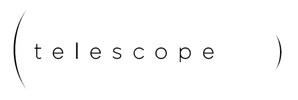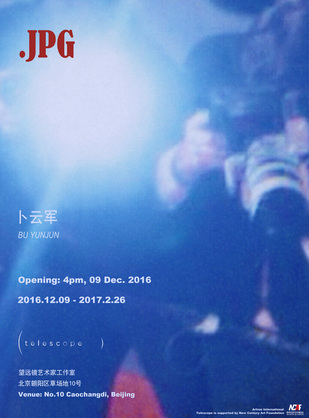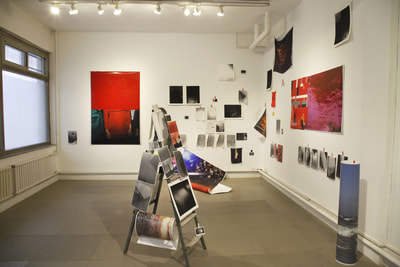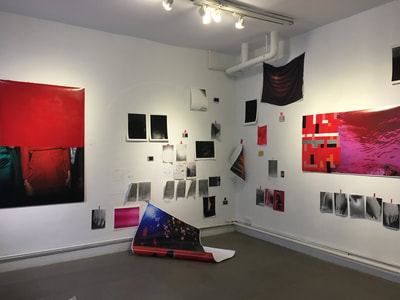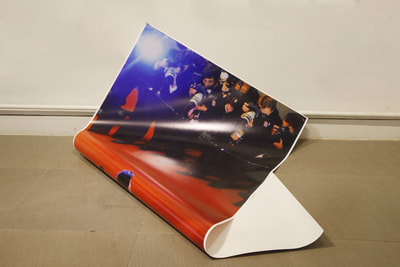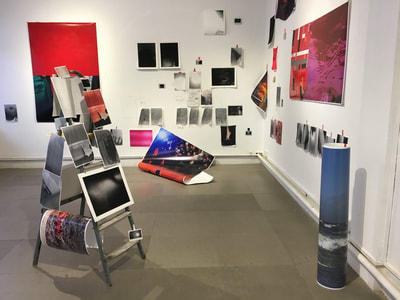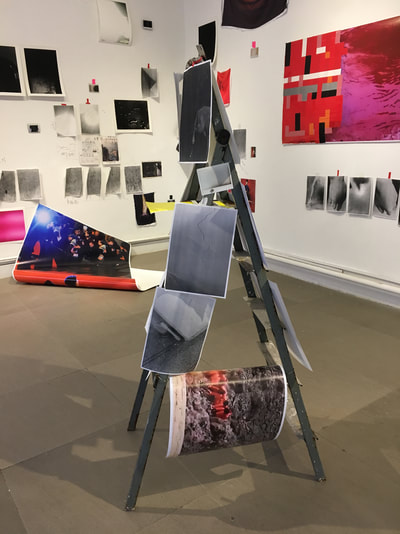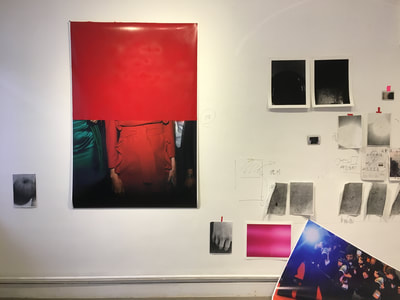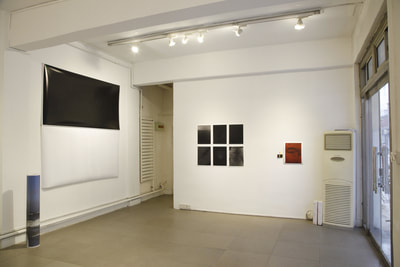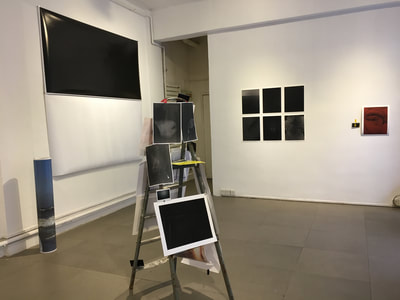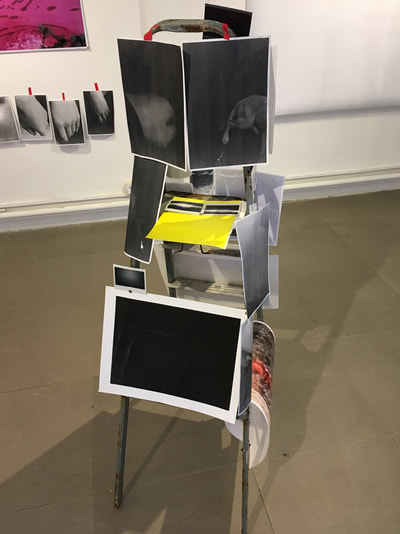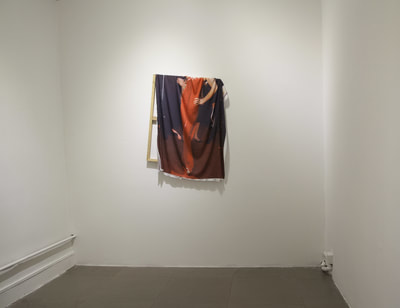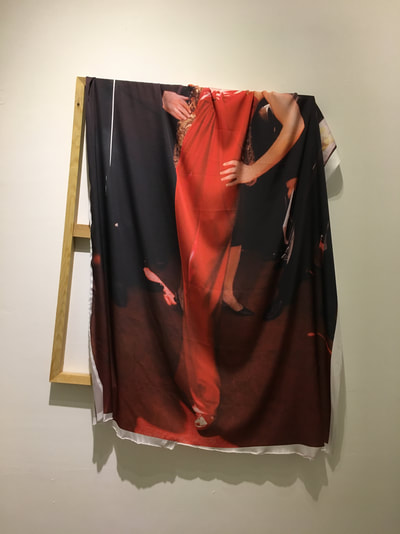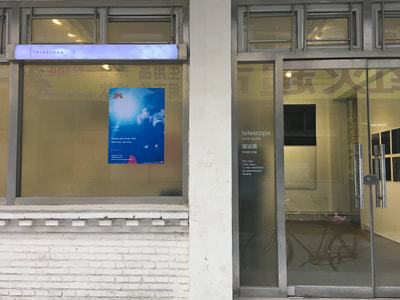“JPG" : 卜云军个展
"JPG" : Bu Yunjun's Solo Exhibition
开幕:2016年12月09日 15:00-18:00
展期:2016年12月09日 - 2017年02月26日
地点:望远镜艺术家工作室 北京市朝阳区草场地10号
望远镜诚挚地邀请您参加艺术家卜云军的个展“JPG”。这次展览将主要呈现艺术家的摄影作品。艺术家通过数年来收集平日生活中不同的废弃图片,通过敏感洞察和独特视角在这些图片上进行思考再创作,呈现出诡异奇幻氛围。正如艺术家所说,“我一直在思考的问题是,摄影到底是什么?我的作品主要以图片为主要呈现形式,走到今天,该拍什么和如何去拍?这些想法介入到我的现实中,让我开始以搜集图像和积累实物的方式去思索和构想,就像远古先民为了生存而去猎取可以作为食物和生活材料的资源。原始的搜集行为像洪水,而我为它建起一座可以调停水量的大坝。艺术家与艺术作品之间互相受控和互相被牵引的某种能量,最终被固定在一个特殊的时刻,当照片被拍摄的那一刻。这次展览的一大部分是我收集来的图片,另一些是我的废片及小样。当然这涉及到如何来重新来认识一张图像。这也是我在作品中主要想探讨的问题。”
卜云军1982年出生于四川,现生活工作于北京。参加过的展览主要有个展“嗯(55画廊)”、“激情无限多的偶然(我们说要有空间就有空间)”等,群展“北京诗人(荷兰Marres当代艺术中心)”、“首届长江国际影像双年展(重庆长江当代美术馆)”、“韩国大邱摄影双年展(韩国大邱文化艺术中心)”、“2007中国当代艺术文献展(墙美术馆)”等。
Bu Yunjun
“ JPG ” DEC. 09, 2016 – FEB. 26, 2017
The JPEG is the most commonly used method of image compression in digital photography. Digital cameras capture images in this format and save them onto a tiny memory card that then can be transferred to computers, tablets, and smart phones. From these devices the captured images can be instantly sent to 1000’s, even millions, of people on blogs and posts on social media on the Internet, or as text messages and emails. With the click of a button on a camera to the click of a button on a computer or phone any kind of private image can made public and seen around the world immediately, if anyone cares to take a look at it. The massive overload of anonymous images filling the Internet has numbed our senses and yet we have become addicted to them at the same time.
Bu Yunjun explores our relationship to these found images and reexamines their cultural merits. Bu states, “Because the flood of images produced come and go at such a rapid pace, they have become useless and are considered to be nothing but mere trash. But I insist that all of these trash images have value.” “How we evaluate a picture depends on how we re-recognize it.” Bu sees much further into these images than just the sheer titillation or irritation they bring us in our day to day lives. Through Bu’s act of gathering of 100’s of “trash images” he began to see a different and unexpected picture; their relationships to historical painting. “Classical oil painting and the contemporary “trash image” both have a type of majesty within their own individual eras.” They both speak of their times with great eloquence and clarity. Through Bu’s search he began to sense that he was not looking at anonymous images any longer but very familiar ones.
In his exhibition, JPG, Bu uses selected found photos, including some of his own ‘failed’ pictures that would have normally been relegated to the trash bin. The images have been printed on different types of papers and sizes ranging from high to low quality. Some are painted on or altered with colored tape, or partially affixed to the wall allowing the edges to curl, draped across furniture, or lying on the floor. Bu has reclaimed and redeemed these lost images and given them new identities of value and a part of our contemporary culture with links to a historical past.
